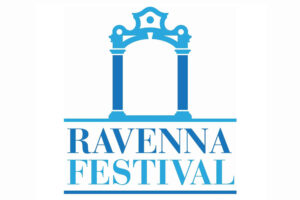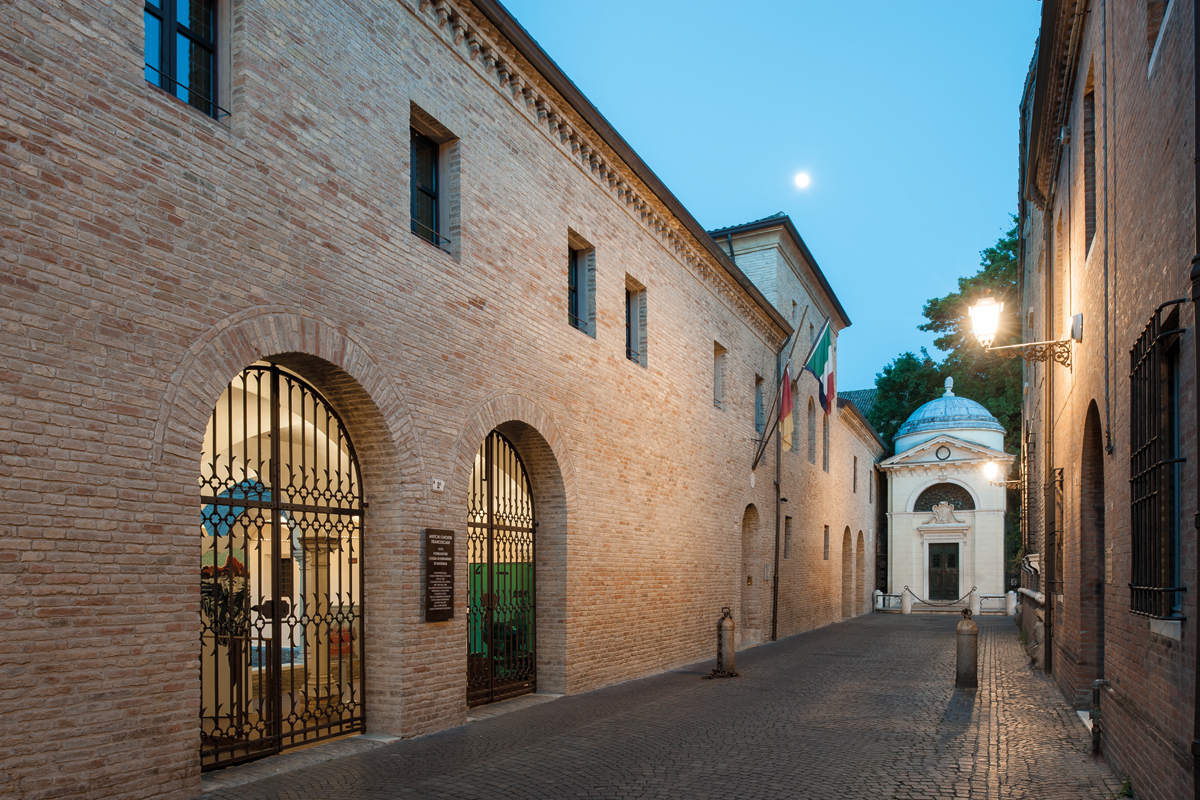In Ravenna, when people talk about the ZONE OF SILENCE, they refer to the portion of the historical centre that has Dante’s Tomb as its main focus.
This area is the result of a series of urban works carried out between the 1920s and 1930s.
It consists of some of the most important monuments connected with the so-called Father of the Italian language: Dante’s Tomb, the Quadrarco of Braccioforte; the Old Franciscan Cloisters; Dante Museum, Casa Dante and the Basilica of San Francesco.
An urban planning project in memory of Dante Alighieri
The project designed by architect Giorgio Rossi was originally meant to create an area of respect, peace and tranquillity around Dante’s sepulchre, including the monument of the Quadrarco and the Old Franciscan Cloisters.
Works were carried out, and the area was closed to the traffic and isolated from the noise of city life. This conferred to the entire area a dimension of sacredness and contemplation, thus becoming the earthly “last refuge” of Dante Alighieri.
Through a series of demolitions and reconstructions, new squares and traffic diversions, the Zone of Silence became a fundamental intervention example of the city’s urban history.
The project was not just promoted locally – the works were also made possible thanks to the then Fascist government’s involvement. The Fascist government showed namely the importance Dante had always had for the Italian cultural identity – Dante became an object of pride for the entire country.







